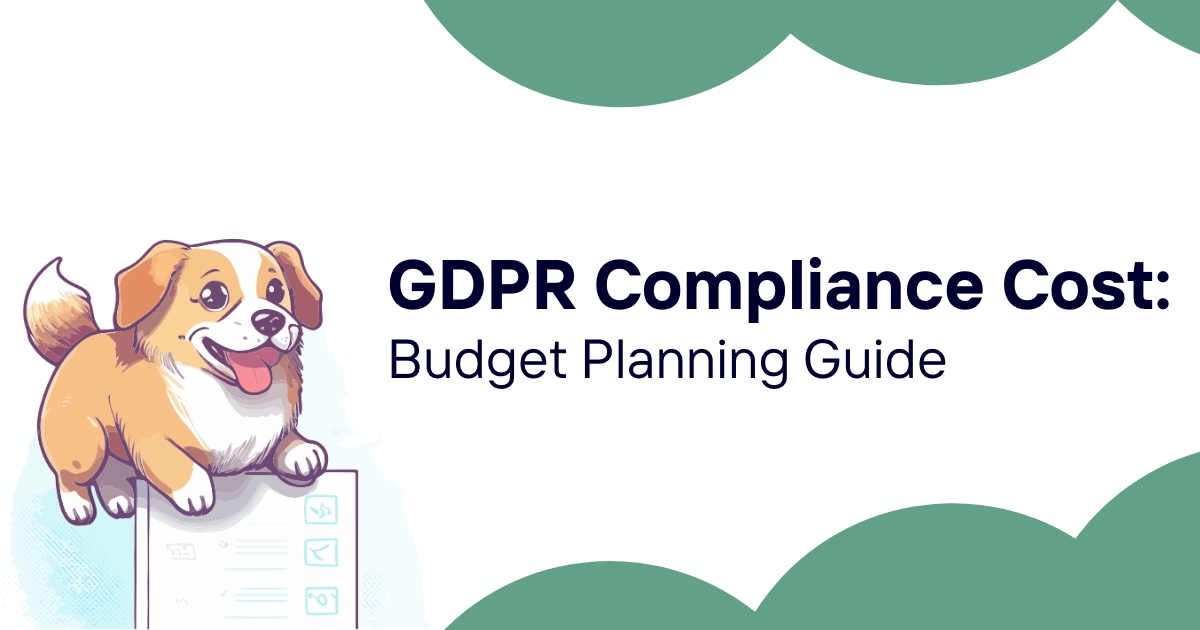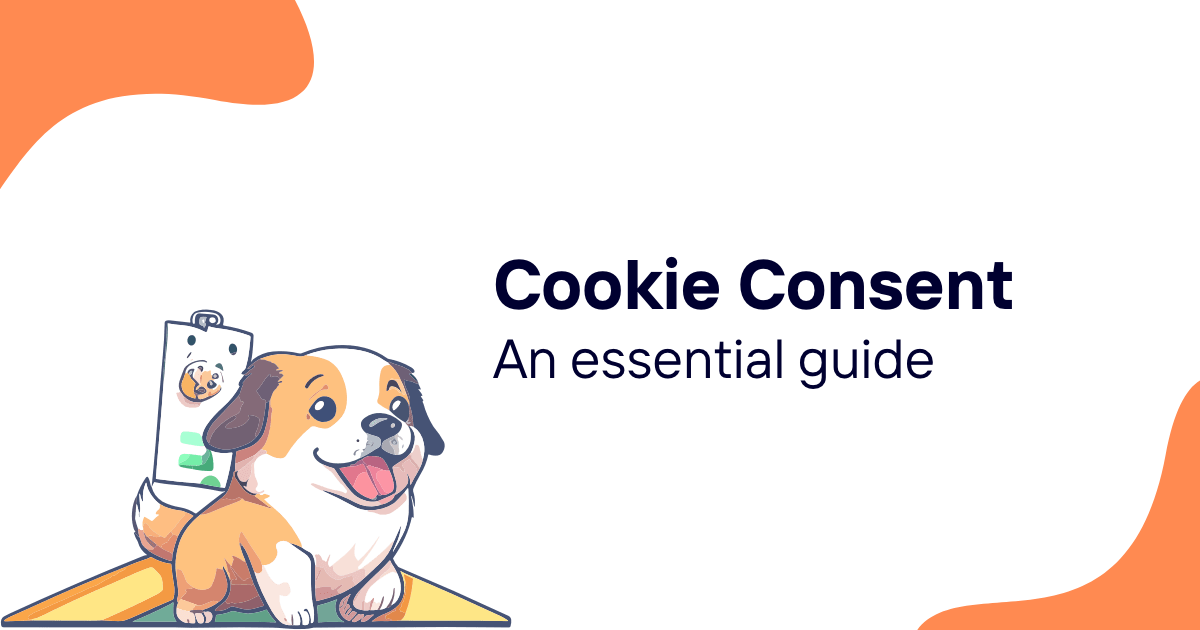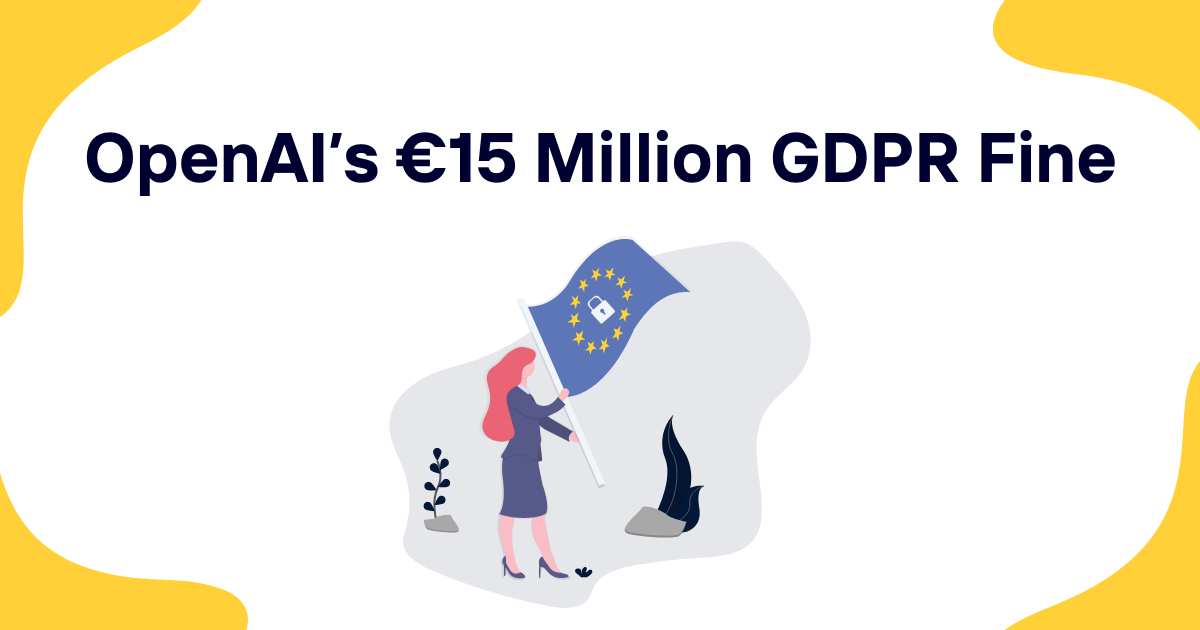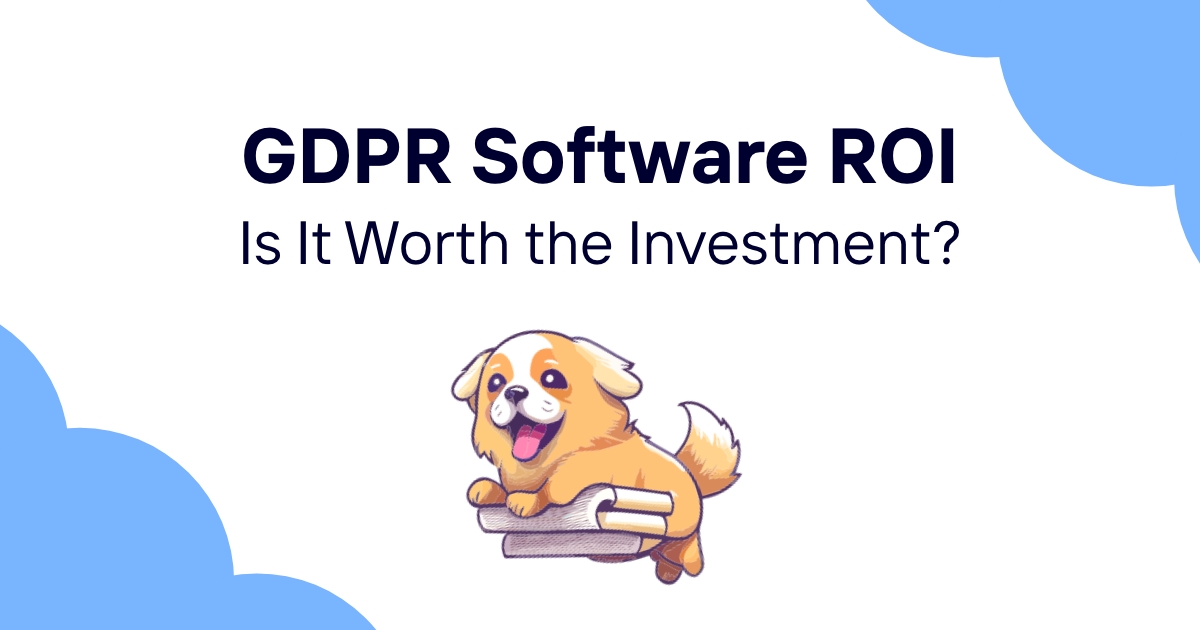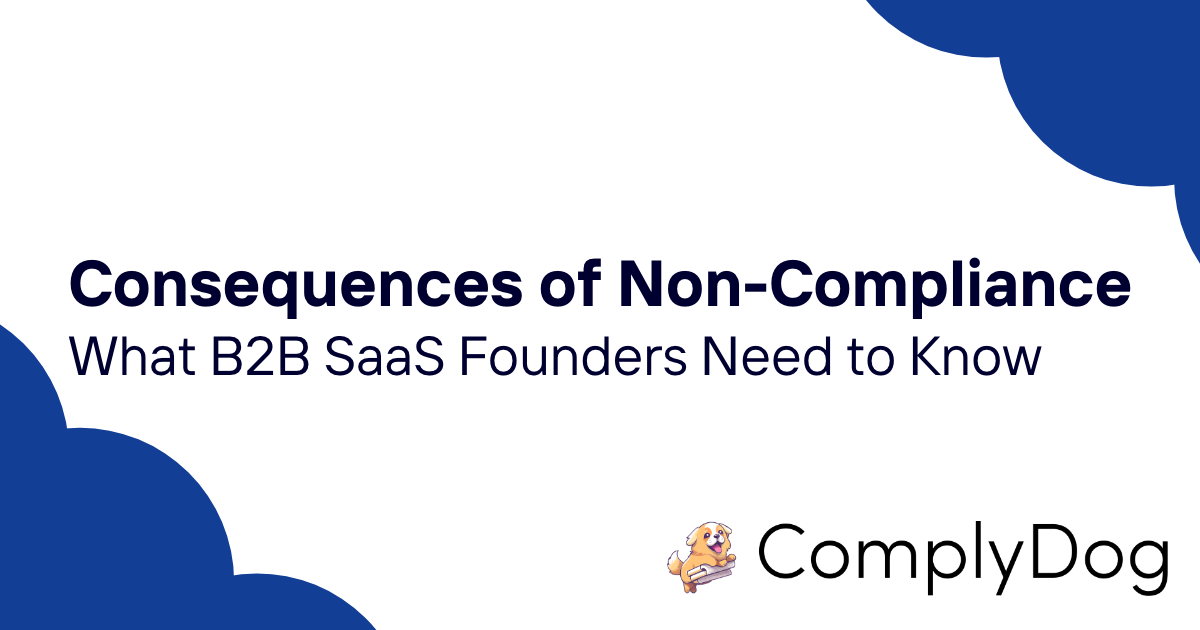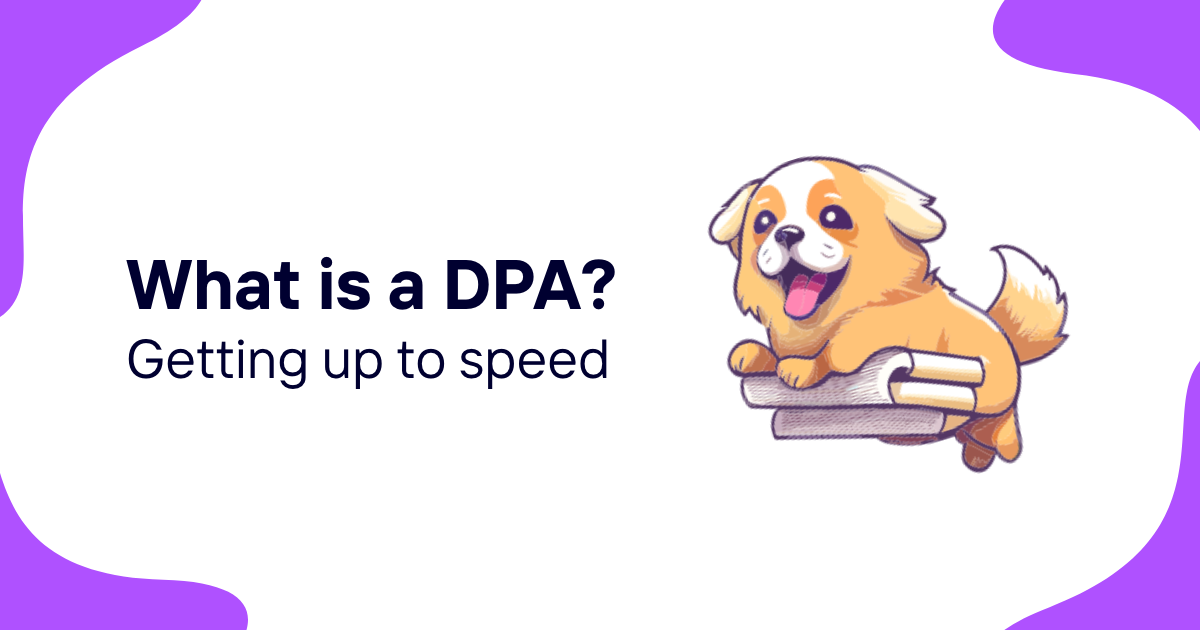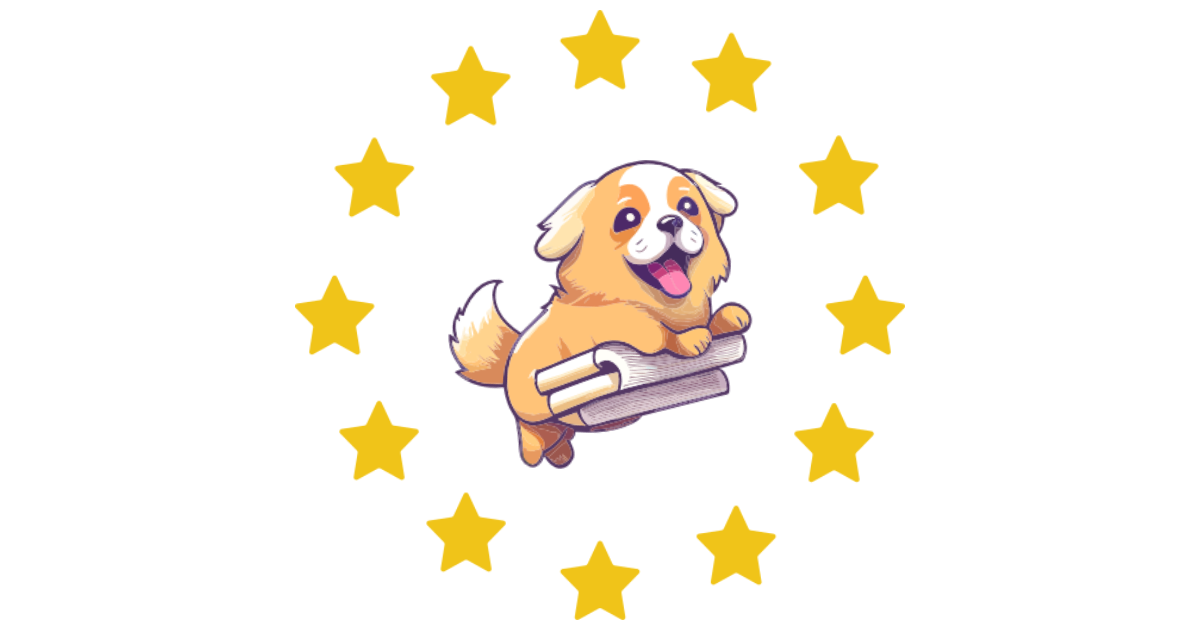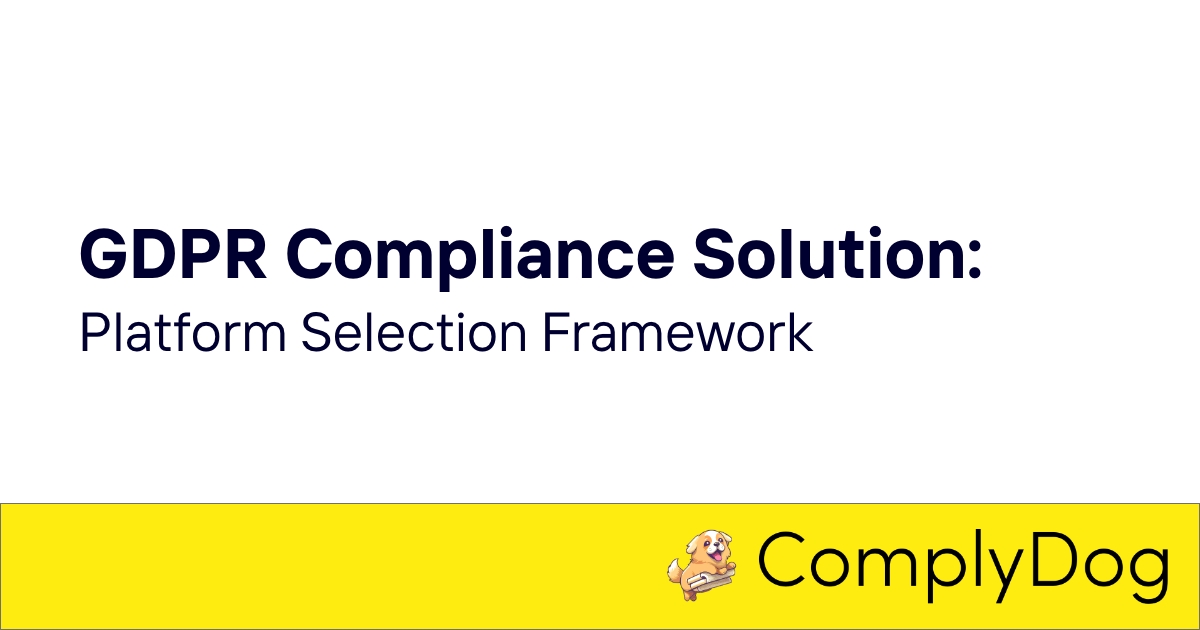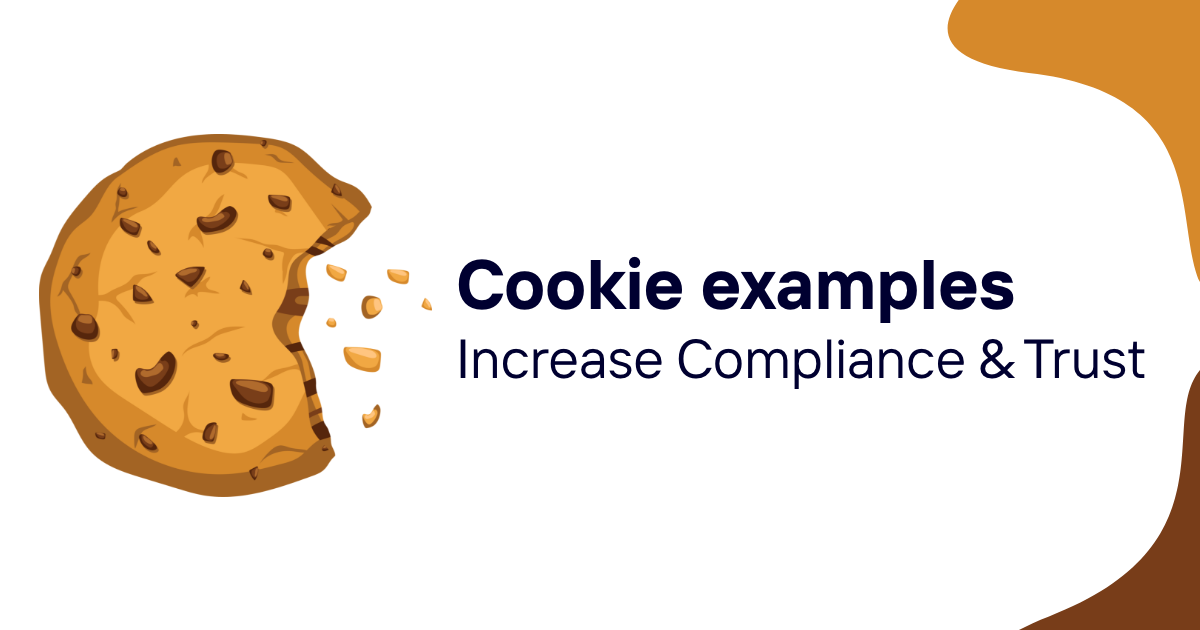Planning your GDPR compliance budget feels overwhelming when you're staring at a blank spreadsheet. How much should you allocate? What costs are you missing? Which investments actually matter?
Many organizations underestimate GDPR compliance costs by 40-60%, leading to budget overruns and incomplete implementations. The result? Rushed compliance efforts that leave gaps in protection.
This guide breaks down every cost component you need to consider, helping you build a realistic budget that covers all requirements without overspending.
GDPR Compliance Cost Components
Technology Infrastructure Costs
Data mapping and discovery tools typically cost $15,000-$50,000 annually for mid-sized companies. These systems scan your infrastructure to identify where personal data lives.
Privacy management platforms range from $5,000 for basic solutions to $100,000+ for enterprise systems. Consider your data volume and complexity when evaluating options.
Security enhancements often require $20,000-$80,000 investments. This includes encryption upgrades, access controls, and monitoring systems.
Staff and Resource Allocation
Dedicated privacy officers command salaries of $80,000-$150,000 depending on experience and location. Many organizations start with part-time roles or shared responsibilities.
Training programs cost $500-$2,000 per employee for comprehensive GDPR education. Factor in time away from regular duties when calculating total investment.
Documentation and Process Development
Policy creation and documentation typically requires 200-400 hours of work. Internal teams might handle this, or you might hire consultants at $150-$300 per hour.
Data Processing Impact Assessments (DPIAs) cost $5,000-$15,000 each for complex projects. Most organizations need 3-8 DPIAs during initial implementation.
Implementation vs Ongoing Costs
Initial Setup Expenses
Year one costs typically represent 60-70% of your total three-year GDPR investment. This front-loaded approach reflects the heavy lifting required for initial compliance.
Technology procurement and setup consume 30-40% of first-year budgets. Legal consultations and policy development account for another 25-35%.
Recurring Annual Costs
Software licensing fees range from $10,000-$75,000 annually depending on your chosen solutions. Cloud-based tools often provide better cost predictability.
Maintenance and monitoring require ongoing staff time equivalent to 0.5-2 full-time employees. This varies based on data complexity and regulatory requirements.
Training refreshers cost $200-$500 per employee annually. New hire training adds $500-$1,000 per person to your ongoing budget.
Cost Factors by Organization Size
Small Organizations (Under 100 Employees)
Budget range: $25,000-$75,000 for initial implementation Annual ongoing costs: $15,000-$35,000
Small companies often choose affordable GDPR compliance software solutions rather than building internal capabilities. This approach reduces complexity while maintaining compliance.
Medium Organizations (100-1,000 Employees)
Budget range: $75,000-$250,000 for initial implementation Annual ongoing costs: $40,000-$100,000
Medium-sized companies typically blend software solutions with internal resources. They might hire part-time privacy specialists while using automated tools for routine tasks.
Large Organizations (1,000+ Employees)
Budget range: $250,000-$1,000,000+ for initial implementation Annual ongoing costs: $150,000-$500,000+
Large organizations often build comprehensive internal privacy programs with dedicated teams and enterprise-grade technology platforms.
Technology Investment Requirements
Data Discovery and Mapping
Automated data discovery tools cost $20,000-$60,000 annually but save hundreds of manual hours. These systems continuously monitor data flows and identify new privacy risks.
Manual mapping approaches require 500-1,500 hours of staff time but cost only internal resources. Consider your time constraints when choosing between approaches.
Privacy Management Platforms
Basic platforms starting at $5,000 annually cover essential compliance tasks like consent management and data subject requests.
Enterprise solutions costing $50,000-$200,000 annually provide advanced features like automated risk assessments and regulatory change management.
Security and Protection Tools
Encryption solutions typically cost $10-$50 per user annually. Modern cloud-based options often include GDPR-specific features like data residency controls.
Access management systems range from $5-$25 per user monthly. These tools control who can access personal data and maintain audit trails.
Legal and Consulting Expenses
Initial Legal Review
Comprehensive privacy assessments cost $25,000-$75,000 for most organizations. This investment identifies gaps and creates implementation roadmaps.
Contract and policy review typically requires $15,000-$40,000 in legal fees. Updated data processing agreements and privacy policies need professional review.
Ongoing Legal Support
Annual legal retainers for privacy matters cost $10,000-$50,000 depending on your risk profile and complexity.
Incident response support costs $300-$500 per hour when breaches occur. Many organizations purchase cyber insurance to help cover these unexpected expenses.
Training and Education Costs
Initial Training Programs
Comprehensive GDPR training costs $1,000-$3,000 per employee for management roles and $300-$800 for general staff.
Online training platforms charge $50-$200 per employee annually for ongoing education and compliance tracking.
Specialized Role Training
Data Protection Officer certification programs cost $3,000-$8,000 per person. These intensive courses provide deep expertise for key roles.
Technical training for IT staff ranges from $2,000-$6,000 per person. Focus areas include privacy by design and data protection impact assessments.
Cost-Benefit Analysis Framework
Quantifying Risk Reduction
GDPR fines can reach 4% of annual revenue or €20 million, whichever is higher. Calculate your maximum exposure to understand compliance investment limits.
Data breach costs average $4.45 million globally but can be significantly higher for large organizations. Compliance investments often reduce breach likelihood and impact.
Revenue Protection Benefits
Customer trust improvements from visible compliance efforts can increase retention rates by 5-15%. Calculate the lifetime value impact of improved customer confidence.
New business opportunities often emerge from demonstrated privacy leadership. Many enterprise clients require GDPR compliance from their vendors.
Operational Efficiency Gains
Data mapping and governance improvements typically reduce time spent searching for information by 20-30%. Staff productivity gains offset some compliance costs.
Automated privacy processes reduce manual workload by 40-60% compared to paper-based approaches. These efficiencies compound over time.
Budget Optimization Strategies
Phased Implementation Approach
Start with highest-risk areas to maximize early impact. Focus initial investments on data discovery and essential policy updates.
Spread technology investments over 18-24 months to balance cash flow while maintaining compliance momentum.
Software vs Services Balance
Evaluate build vs buy decisions carefully. Software solutions often provide better long-term value than equivalent consulting services.
Consider ComplyDog's affordable GDPR compliance software which offers comprehensive features at startup-friendly pricing. This approach reduces both initial costs and ongoing maintenance requirements.
Resource Sharing Opportunities
Industry associations often provide shared resources and training programs. Participate in privacy communities to learn from peer experiences.
Vendor partnerships sometimes include compliance support as part of broader technology relationships. Negotiate privacy assistance into existing contracts when possible.
Monitoring and Adjustment
Track actual costs against budgets monthly during implementation. Early identification of overruns allows for course corrections.
Measure compliance maturity improvements to justify continued investments. Document risk reduction achievements for future budget discussions.
Planning your GDPR compliance budget requires careful consideration of all cost components, from technology and training to legal support and ongoing maintenance. Organizations that invest appropriately in comprehensive compliance programs typically see better outcomes and lower long-term costs than those attempting minimal approaches.
Ready to start your GDPR compliance journey? Use ComplyDog and reduce your implementation costs while ensuring comprehensive protection.
